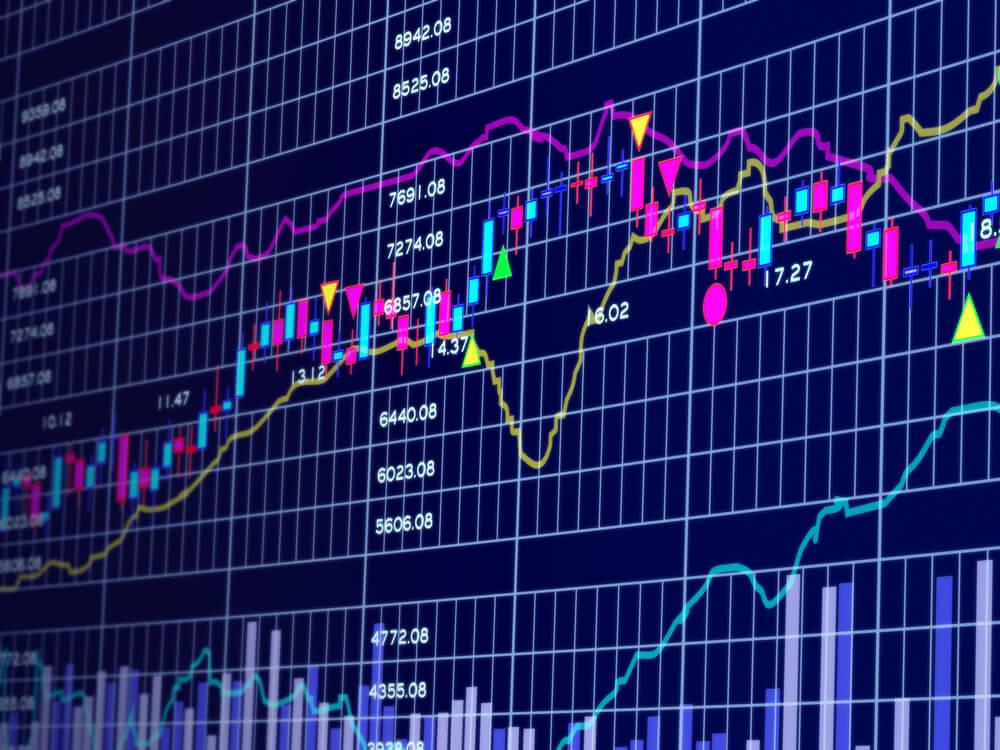Decoding Investor Activity and the Investor Activity Indicator in Forex Trading
Decoding investor activity in forex trading involves analysing the actions and behaviours of market participants to gain insights into market sentiment and potential price movements. This process helps traders make more informed decisions.
Written by Aaron Akwu, Head of Education Hantec Markets

Within the complex realm of financial markets, a significant factor emerges, encompassing investors’ decisions, sentiments, and involvement. This essential element, referred to as “Investor Activity,” goes beyond being a mere reflection of market dynamics; it serves as a vital instrument for traders aiming to interpret market trends. This discourse will delve into the core of Investor Activity, illuminate the importance of the Investor Activity Indicator, and investigate its interconnectedness with the domain of forex trading. The Investor Activity Indicator is a measure of how active investors are in the market based on data such as the company’s cash flow statement, investor purchases, and other financial statements. It can help traders to identify market sentiment, potential opportunities, and risks. It can also provide useful investment advice for traders who want to optimize their strategies and performance.
Investor Activity: Unveiling the Essence
Investor Activity encapsulates the collective actions and sentiments of market participants, including individual traders, institutional investors, and fund managers. It encompasses a wide spectrum of behaviours, from buying and selling assets to holding positions or adjusting portfolios. The amalgamation of these actions shapes market trends, influencing asset prices and market movements. One way to measure Investor Activity is by looking at the cash flow of a company or a market sector, which shows how much money is flowing in and out of the business or the industry. The cash flow can be divided into three categories: operating activities, investing activities, and financing activities. Investing activities reflect how much money is spent or received from buying or selling long-term assets, such as fixed assets, securities, or loans. A positive cash flow from investing activities means that more money is received than spent, indicating a high level of Investor Activity. A negative cash flow from investing activities means that more money is spent than received, indicating a low level of Investor Activity. The cash flow from investing activities can also affect the investor share, which is the percentage of ownership that an investor has in a company or a market sector. A high investor share means that the investor has a large stake and influence in the business or the industry, while a low investor share means that the investor has a small stake and influence. By analysing the cash flow from investing activities and the investor share, traders can gain insights into the level and direction of Investor Activity and use them to guide their own investment activities.
The Importance of Investor Activity in Trading
Understanding and gauging Investor Activity provides invaluable insights into market dynamics and investor sentiment. Here’s why it holds significant importance:
- Market Sentiment Analysis: Investor Activity offers a snapshot of market sentiment. If a majority of investors are bullish, it suggests optimism about market prospects, potentially leading to price increases. Conversely, a bearish sentiment might result in price declines.
- Trend Identification: Monitoring investor actions can help identify emerging market trends. A surge in buying activity could indicate the start of an uptrend, while heightened selling might signal the beginning of a downtrend.
- Contrarian Opportunities: Contrarian traders often analyse Investor Activity to identify potential opportunities. If a market is overly bullish, contrarians might consider taking a bearish stance, anticipating a reversal.
- Risk Management: Investor Activity insights can aid in risk management. If an asset experiences unusually high activity, it could signal increased volatility and the need for enhanced risk mitigation strategies.
The Role of the Investor Activity Indicator
To quantify and visualize the nuances of Investor Activity, financial analysts and traders often rely on the Investor Activity Indicator. This tool aggregates and interprets data related to trading volume, buying and selling ratios, open interest, and interest rates. It presents this information in a digestible format, allowing traders to make informed decisions. Interest rates are an important factor that affects Investor Activity, as they influence the cost and availability of borrowing and lending money. A high-interest rate means that borrowing money is expensive, while a low interest rate means that borrowing money is cheap. This can affect the demand and supply of money in the market and, thus, the level and direction of investing activity. Investing activity is the amount of money that investors spend or receive from buying or selling long-term assets, such as fixed assets, securities, or loans. A high investing activity means that investors are actively involved in the market, while a low investing activity means that investors are passive or cautious. By analysing the interest rates and the investing activity, traders can gain insights into the level and direction of Investor Activity and use them to guide their own investment strategies.
The Investor Activity Indicator can manifest as various metrics, such as:
- Trading Volume: The total volume of trades can indicate market interest and activity levels. Higher volumes often correlate with stronger trends and increased market participation.
- Buy-Sell Ratios: This ratio represents the proportion of buying orders to selling orders. A high buy-sell ratio suggests bullish sentiment, while a low ratio might indicate bearish sentiment.
- Open Interest: In derivatives markets, open interest refers to the number of outstanding contracts. Increasing open interest can signify growing interest in an asset, potentially foretelling substantial price movements.
Investor Activity and Forex Trading: A Connection
Investor Activity and forex trading are related because both depend on how people feel about different currencies. Here’s what this means:
- Currency Strength: When investors are active and happy with a country’s economy, they want more of its currency. This makes the currency stronger.
- News Events: Some big news, such as what the central bank does or how many people have jobs, can make investors more or less active in forex markets. Traders look at this news to make money from price changes.
- Sentiment Analysis: Forex traders often look at Investor Activity to see how people feel about a currency. A positive feeling for a currency might make people buy more of it.
- Technical Analysis: The Investor Activity Indicator is a tool that shows how active investors are in the market. It can help forex traders with other tools that use patterns, trends, and signals. These tools can help traders make better decisions.





